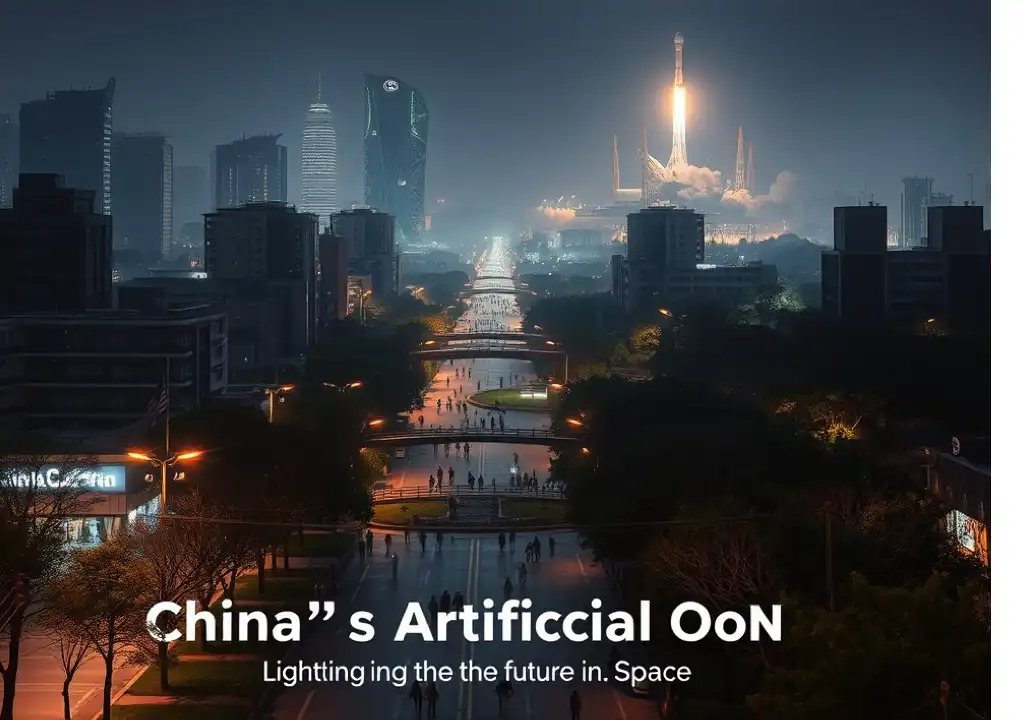Beijing aims to reduce electricity costs and replace traditional street lighting by launching a man-made moon into space by 2020.
According to Chinese state media, the city of Chengdu in the southwestern Sichuan province is working on launching an “artificial moon” that will function as an illumination satellite, potentially replacing streetlamps in urban areas. This artificial moon is expected to shine up to eight times brighter than the natural moon, as reported by China Daily.
The maiden launch is scheduled to take place from the Xichang Satellite Launch Center in Sichuan. If successful, it will be followed by three more satellite launches in 2022, according to Wu Chunfeng, head of the Tian Fu New Area Science Society, which is leading the project.
Wu told China Daily that while the 2020 mission is a trial run, the subsequent satellites planned for 2022 will have actual civic and commercial utility. These satellites, by reflecting sunlight, are designed to cover an area of 50 square kilometers and could help Chengdu save up to 1.2 billion yuan (approximately $170 million) annually on electricity bills.
The artificial moon may also be useful for emergency lighting during blackouts and disaster relief efforts, Wu added.
AFP reported it was unable to independently verify these claims or reach either Wu or the Tian Fu New Area Science Society for comment.
Part of China’s Expanding Space Ambitions
This project is one of several in China’s increasingly ambitious space programme, as the country continues to challenge the space achievements of the US and Russia. Other initiatives include the Chang’e-4 lunar mission, named after the mythical moon goddess, which aims to land a rover on the far side of the moon by the end of the year.
While China’s artificial moon might seem unprecedented, it is not the first of its kind. In the 1990s, Russian scientists experimented with a similar concept known as Znamya (or Banner), which used massive mirrors in space to reflect sunlight toward Earth.
The Chengdu illumination satellite project was officially announced by Wu at an innovation and entrepreneurship event in the city on October 10. Several institutions, including the Harbin Institute of Technology and China Aerospace Science and Industry Corporation, are collaborating on the development of the artificial moons.

